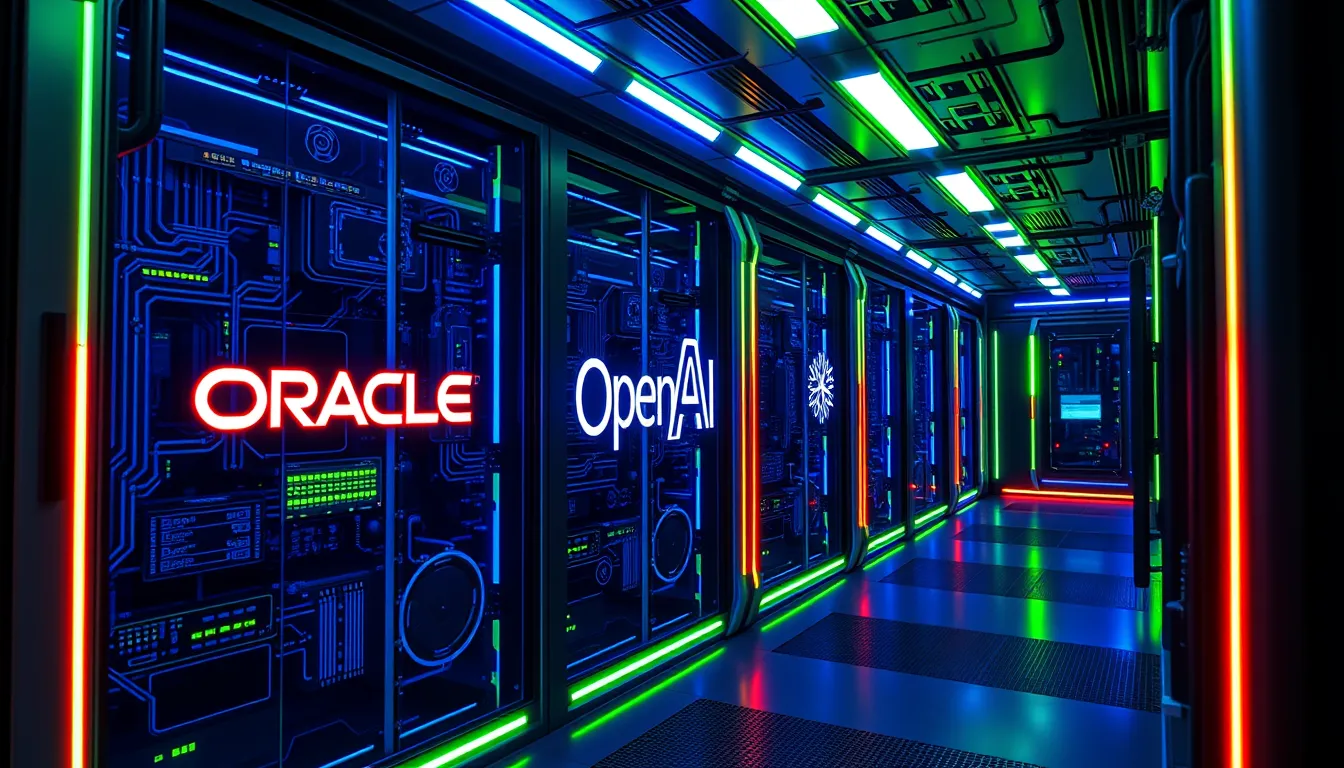Now Reading: EU AI Code: Balancing Tech Compliance & Ethical AI
-
01
EU AI Code: Balancing Tech Compliance & Ethical AI
EU AI Code: Balancing Tech Compliance & Ethical AI

EU AI Code: Balancing Tech Compliance & Ethical AI
Introduction:
The rapid evolution of artificial intelligence has led to significant regulatory changes across the globe, and the European Union is at the forefront with its ambitious EU AI Code. Designed to ensure ethical AI and boost tech industry compliance, the EU AI Code is stirring debates among tech giants. This article examines the regulatory challenges, potential impacts on tech innovation, and the balance required between regulation and responsible AI advancement.
Understanding the EU AI Code
The EU AI Code is a groundbreaking regulatory framework aimed at fostering transparency, accountability, and ethical practices in the field of artificial intelligence. The primary goal of this initiative is to mitigate risks such as bias, privacy breaches, and automated decision-making errors. As companies across the tech sector prepare for compliance, the Code serves as both a set of guidelines and a benchmark for responsible AI innovation.
Key aspects of the EU AI Code include:
- Mandatory transparency in AI algorithms
- Stringent guidelines on data privacy and security
- Regular audits to ensure accountability
- Frameworks for mitigating biases in AI systems
The EU AI Code is not only a reflection of the EU’s commitment to ethical AI but also a strong signal to the global tech industry to prioritize compliance and safety in AI implementations.
The Challenges of Complying with AI Regulations
Implementing the EU AI Code comes with considerable regulatory challenges. Tech companies, while striving for innovation, are now confronted with the need to conform to a comprehensive legal framework. The challenges include:
Adjusting Internal Processes
Many organizations must overhaul their internal protocols to meet the rigorous standards set forth. This includes:
- Redesigning data management systems
- Training staff on new compliance measures
- Integrating regular auditing procedures
Balancing Innovation with Regulation
There is an inherent tension between fostering innovation and adhering to strict regulatory guidelines. While the EU AI Code aims to safeguard consumer trust through enhanced transparency, critics argue that it may impede rapid technological development. The key points of contention are:
- Regulatory burden on R&D teams
- Increased operational costs due to new compliance measures
- Potential delays in bringing innovative products to market
Impact of the EU AI Code on the Tech Industry
The tech industry is experiencing a pivotal shift as a consequence of the EU AI Code. This new regulatory environment demands that companies reassess their business strategies. For instance, technology giants are increasingly investing in compliance departments to navigate the complex regulatory terrain. Notable observations from industry experts include:
- A significant reallocation of resources from R&D to regulatory affairs
- An increasing emphasis on AI transparency and accountability
- Growing demand for new technologies that align with the Code’s mandates
The discussion around the EU AI Code extends beyond immediate compliance issues and touches upon long-term strategic adjustments that the tech industry must make. Companies are now challenged to not only innovate but also ensure that their innovations meet the ethical and legal standards expected in today’s global market.
Balancing Innovation and Regulation in AI
Finding a middle ground between innovation and regulation is essential. While the EU AI Code introduces constraints, it simultaneously encourages a higher standard for responsible AI development. Here are some strategies that tech companies are adopting:
- Developing proactive compliance strategies: Rather than viewing regulation as a hindrance, companies are integrating compliance into their innovation processes. This proactive stance ensures that new products and AI solutions are developed with both creativity and regulatory foresight.
- Leveraging external expertise: Many companies consult external legal and technical advisors to ensure that their systems not only adhere to the EU AI Code but also maintain a competitive edge in the market.
- Promoting cross-industry collaboration: Collaboration between tech firms, regulatory bodies, and academic institutions is increasingly vital. This cooperative approach fosters an environment of shared best practices and mutual understanding regarding ethical AI development.
Looking Ahead – The Future of AI Regulation
As the deadline for compliance looms, the future of AI within Europe hangs in the balance. The EU AI Code represents more than just a regulatory challenge; it signals a transformative era for the tech industry. In the coming years, the impact of these regulations will likely extend beyond Europe, influencing global standards for ethical AI.
Innovation Meets Accountability
In conclusion, the EU AI Code is a double-edged sword, providing a blueprint for ethical AI while posing significant challenges for innovation. The tech industry must navigate this regulatory landscape by enhancing internal compliance measures, fostering transparency, and investing in responsible innovation.
Companies that successfully balance regulatory requirements with continual technological advancement will not only ensure consumer trust but also set the standard for future AI developments worldwide. As discussions intensify and compliance deadlines approach, the strategic decisions made today will determine the path for AI innovation and ethical technology deployment tomorrow.
Final Thoughts
The debate over the EU AI Code encapsulates the intricate nexus of regulation and innovation in the digital age. As tech giants, policymakers, and industry stakeholders continue this conversation, one thing remains clear: the future of AI hinges on the ability to balance the scales of stringent compliance with the relentless drive for innovation. To stay competitive, companies must embrace this balancing act, using the EU AI Code as both a benchmark for ethical AI and a catalyst for responsible tech progress.
For further reading on regulatory best practices in technology, visit the official European Commission website at European Commission. Additionally, explore industry insights on AI transparency on reputable tech news platforms such as Wired and TechCrunch.

























